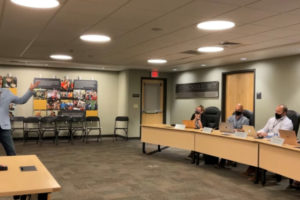We’ve said it before and we’ll say it again: Washington and Oregon residents are lucky to live in the Pacific Northwest, where state leaders have consistently taken the COVID-19 pandemic seriously, listened to public health experts, enacted early mask mandates and stay-at-home orders and limited indoor activities shown to be at high risk of spreading the virus.
Those statewide measures, combined with the hundreds of thousands of residents who decided they would forego nearly a year of normalcy to help save lives in their community, who have stayed home, worn their masks, washed their hands while singing two rounds of the “Happy Birthday” song about 40 times a day, avoided public gatherings and even celebrated Thanksgiving without their loved ones, have prevented Washington and Oregon from becoming hotspots during this pandemic.
The same has not been true in places like the Dakotas, where Republican state leaders, following the outgoing Trump administration’s lead, poo-pooed COVID-19’s severity; refused to shutdown restaurants, bars, gyms, theaters, schools and sporting events; and fought mandatory mask requirements until the virus was completely out of control.
The results of those state leaders’ inactions have been devastating. Earlier this month, North Dakota and South Dakota ranked No. 1 and No. 2 in the world for daily COVID-19 deaths per million residents.
Meanwhile, Washington and Oregon — along with Vermont, Maine and Hawaii — have consistently had the lowest infection rates in the country.

